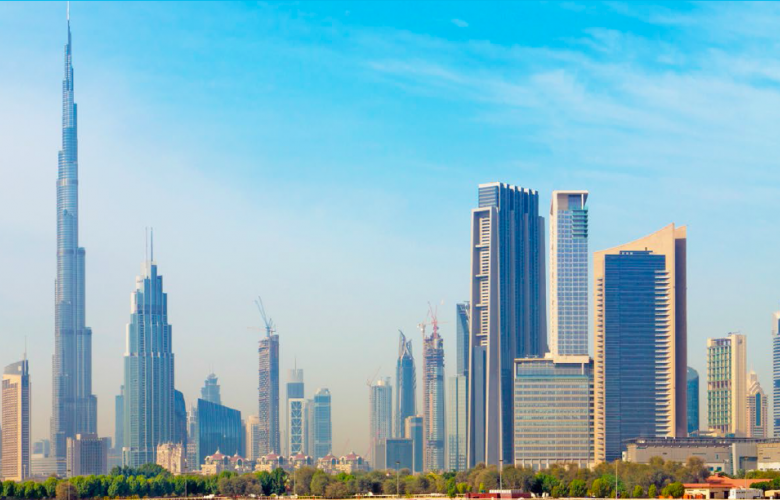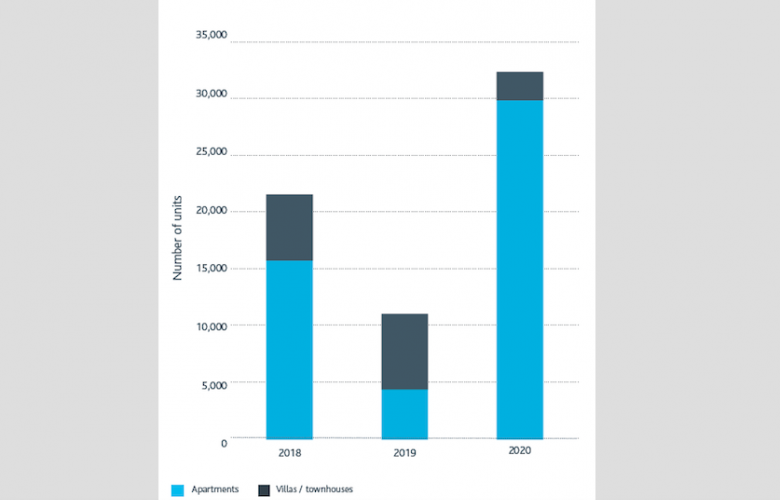Wrapping up 2017, and what to expect in 2018 in Dubai’s real estate market
Wrapping up 2017, and what to expect in 2018 in Dubai’s real estate market
Cluttons has released its Dubai Property Market Outlook for Winter 2017/18, detailing the performance of the emirate’s residential and commercial markets.
Geopolitical changes across the region are set to draw attention to the UAE and Dubai as an investment safe haven for regional investors, according to Cluttons.
Cluttons’ Dubai Property Market Outlook Winter 2017 report also welcomes the Dubai government’s recently announced plans to legislate, through planning, the provision of affordable homes in some of Dubai’s core locations.
Faisal Durrani, head of research at Cluttons said, “Overall market conditions in the emirate have been relatively healthy. Going forward, we see regional developments and local legislation playing a big part in Dubai’s property market. We believe that Dubai Government’s initiative to focus on affordable housing is extremely positive and is a watershed moment for the emirate. The change will help Dubai avoid some of the lessons learned by more developed cities around the world, especially with regards to curtailing the emergence of poorly connected, low income neighbourhoods that are segregated from the rest of the city, as is the case in many other global metropoles.
At a glance:
- Geopolitical changes in the region to draw attention to UAE as an investment safehaven for regional investors
- Dubai Government's initiative to focus on affordable housing to have positive consequences
- Residential prices continue to slip at end of 2017
- Property transaction volumes remained relatively stable
- Supply and demand: 79,738 units in total to be completed over the next three years, with demand of roughly 105,000 units for same period of time.
“While exact details around the legislation are yet to be confirmed, we expect to see a balanced approach between the presumed establishment of quotas around the provision of affordable housing that is both built-to-rent and built-to-sell, so that both aspiring buyers and tenants, priced out of city centre locations, can benefit.”
Residential market
The report shows that overall, residential prices slipped by 1.9% in the three months to the end of September, following on from the 1.5% drop in Q2. The annual rate of change at the end of Q3 stood at -5.6%. Villa values experienced their weakest performance in almost two years, with prices falling by 2.8% in the three months to the end of September. Apartment values on the other hand experienced a drop of 1.3% on average, taking the change during the first nine months of the year to -5.5%. No submarket registered growth during Q3.
Transaction volumes remained relatively stable, with the number of deals during the first nine months of the year standing 4.6% higher than the same period last year. The volume of villa transactions however slipped by 1.6% over the same period to 874 deals between January and September 2017. The supply pipeline on the other hand continued to strengthen, with nearly 30,000 units announced during the three days of Cityscape Global in September, the report highlights.
Durrani added, “Overall, we expect 79,738 units in total to be completed over the next three years. The corresponding growth in population, which usually averages 5% per year, should see a further 441,000 new people added to the city. According to the Dubai Statistics Centre, the average household size in the emirate is 4.2 family members, which would translate into demand of roughly 105,000 units over the next three years. While it may appear that supply and demand are well matched, particularly as 30% to 40% of the announced supply is likely to be delayed, or rephased, as has been the case historically, our concern remains centred on the fact that the vast majority of planned supply is designed to cater to the high-earning segment of the population.”
Click here to see the full Cluttons Dubai Property Market Outlook Winter 2017/18 report.
See also:
Dubai Land Department updates the rental index for 2018






